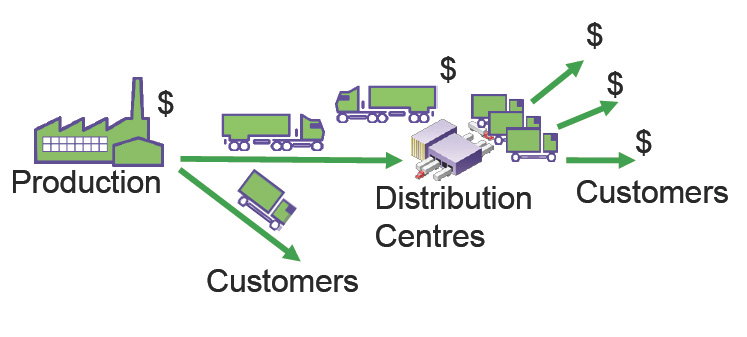Intelligent Fleet Logistics – Maximising Profit
The Challenge
- Many industries deliver goods to customers without a clear picture of the variable transport costs attributable to each customer
- The transportation component can represent 25%-40% of the cost of goods sold
- Integrating an accurate measurement of Gross Profit After Distribution is an essential part of supply chain and distribution management
- Data61’s cost to serve tool improves each customer’s profitability to maximise total Gross Profit After Distribution.
Data61’s Approach
Data61 developed a new cost-to-serve analysis that accurately attributes profit to individual customers within complex distribution networks.
Cost To Serve uses advanced route optimisation algorithms to maximise gross profit after distribution:
- Determines the most profitable direct delivery customer set
- Identifies the optimal customer mix
- Optimises fleet configuration
- Models revenues, fixed- and variable- costs
- Calculates street level routes
- Adheres to all business constraints.
Data61’s Optimised Cost to Serve
Maximises overall profit by:
- Considering variations in: price, delivery frequency, time-windows, service duration and customer base selection
- determining individual profitability by modeling the incremental variable distribution costs
Impact
- More efficient use of existing assets is key to saving cost and reducing emissions
- Fewer journeys lead to less congestion
- Data61’s optimisation algorithms extend the scope and accuracy of planning across the supply chain.
Download the Intelligent Fleet Logistics – Maximising Profit brochure.
Previous post:
Coming up next:

